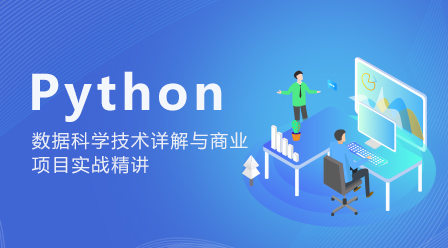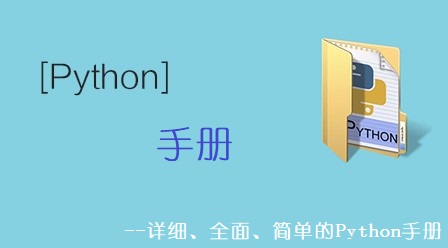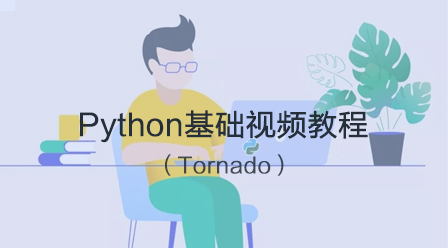
hello.py代码如下:
#!/usr/bin/python print "hello, world!"
TestInput.py代码如下:
#!/usr/bin/python
str = raw_input()
print("input string is: %s" % str)1.os.system(cmd)
这种方式只是执行shell命令,返回一个返回码(0表示执行成功,否则表示失败)
retcode = os.system("python hello.py")
print("retcode is: %s" % retcode);输出:
hello, world! retcode is: 0
2.os.popen(cmd)
执行命令并返回该执行命令程序的输入流或输出流.该命令只能操作单向流,与shell命令单向交互,不能双向交互.
返回程序输出流,用fouput变量连接到输出流
fouput = os.popen("python hello.py")
result = fouput.readlines()
print("result is: %s" % result);输出:
result is: ['hello, world!\n']
返回输入流,用finput变量连接到输出流
finput = os.popen("python TestInput.py", "w")
finput.write("how are you\n")输出:
input string is: how are you
3.利用subprocess模块
subprocess.call()
类似os.system(),注意这里的”shell=True”表示用shell执行命令,而不是用默认的os.execvp()执行.
f = call("python hello.py", shell=True)
print f输出:
hello, world! 0 subprocess.Popen()
利用Popen可以是实现双向流的通信,可以将一个程序的输出流发送到另外一个程序的输入流.
Popen()是Popen类的构造函数,communicate()返回元组(stdoutdata, stderrdata).
p1 = Popen("python hello.py", stdin = None, stdout = PIPE, shell=True)
p2 = Popen("python TestInput.py", stdin = p1.stdout, stdout = PIPE, shell=True)
print p2.communicate()[0]
#other way
#print p2.stdout.readlines()输出:
input string is: hello, world!
整合代码如下:
#!/usr/bin/python
import os
from subprocess import Popen, PIPE, call
retcode = os.system("python hello.py")
print("retcode is: %s" % retcode);
fouput = os.popen("python hello.py")
result = fouput.readlines()
print("result is: %s" % result);
finput = os.popen("python TestInput.py", "w")
finput.write("how are you\n")
f = call("python hello.py", shell=True)
print f
p1 = Popen("python hello.py", stdin = None, stdout = PIPE, shell=True)
p2 = Popen("python TestInput.py", stdin = p1.stdout, stdout = PIPE, shell=True)
print p2.communicate()[0]
#other way
#print p2.stdout.readlines()








